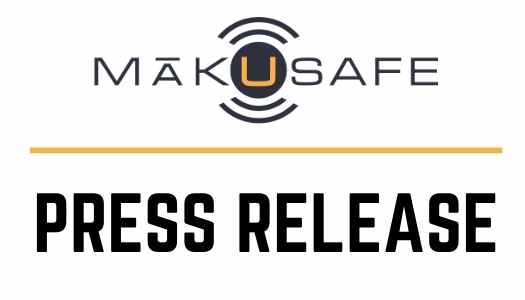The Limitations of Haptic Biofeedback for Lasting Workplace Behavior Change
May 15, 2024
Haptic biofeedback uses physical sensations or vibrations to provide real-time feedback to users about their behavior. This technology is often promoted as a way to encourage habits like sitting up straight or taking deep breaths. However, the effectiveness of haptic feedback in promoting lasting workplace behavior change is questionable. In this article, we’ll explore why haptic feedback may not lead to meaningful, long-term behavior change and could become a nuisance.
Understanding reinforcement theory
Haptic biofeedback is based on reinforcement theory, which suggests that behaviors can be shaped by rewards or punishments. The idea is that a direct link between a behavior and a physical sensation can reinforce the desired behavior. For example, when a person sits up straight, they might receive a pleasant vibration, reinforcing the behavior.
However, negative reinforcement, such as a buzz to correct poor posture, is less effective for long-term behavior change. Research, including B.F. Skinner’s studies, shows that positive reinforcement, like verbal praise, is more effective in shaping behavior. Negative stimuli might lead to short-term compliance but often fail to produce lasting results.
Challenges with haptic feedback
Several challenges make haptic biofeedback unlikely to result in lasting behavior change in the workplace:
- Insufficient Positive Feedback: The positive feedback provided by haptic devices is often too subtle or brief to be effective.
- Negative Reinforcement Issues: Buzzes or vibrations used as negative reinforcement can be perceived as annoying or intrusive, leading to disengagement.
- Lack of Context: Workers may not understand what behavior is desirable or why it’s important, especially without additional guidance or support.
- Distraction: Physical sensations from haptic devices can be distracting, reducing overall productivity.
- Adaptation and Ignorance: Over time, workers might ignore or disable the feedback, defeating its purpose.
The importance of communication and coaching
Effective behavior change requires more than just technology. It involves clear communication and expert coaching. Organizations need to provide context and support, helping workers understand the importance of behavior changes and how to implement them correctly. This is why EHS professionals, ergonomists, and industrial hygienists play a crucial role in workplace safety.
Lasting behavior change requires more
There is little evidence that haptic biofeedback alone can promote lasting behavior change. While some studies show short-term improvements, they often lack long-term follow-up. Without other supporting tools or strategies, haptic biofeedback is unlikely to result in sustained behavior change.
While haptic biofeedback might seem like an appealing tool for promoting behavior change, it is unlikely to result in lasting improvements. The feedback is often too subtle or annoying, and without other forms of support, it fails to create lasting habits. Organizations should focus on comprehensive approaches that include positive reinforcement, clear communication, and expert coaching.
As Stephen Covey advised, “Begin with the end in mind.” Ensure your organization knows its goals and selects tools that will effectively help achieve them.
For more information on wearable safety technology that promotes a positive safety culture, check out these free resources or schedule a demo.





